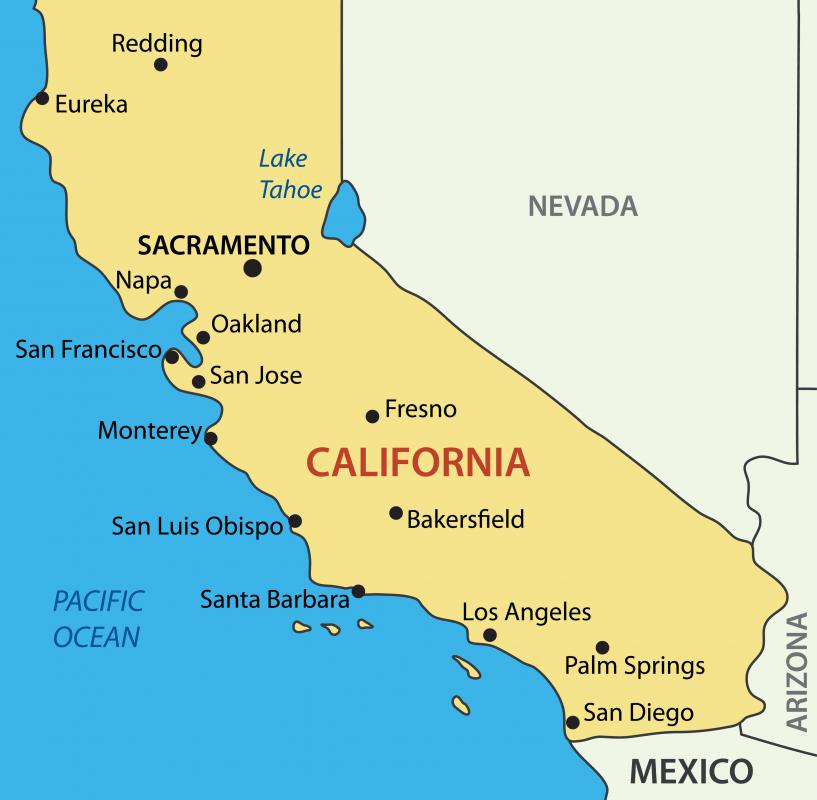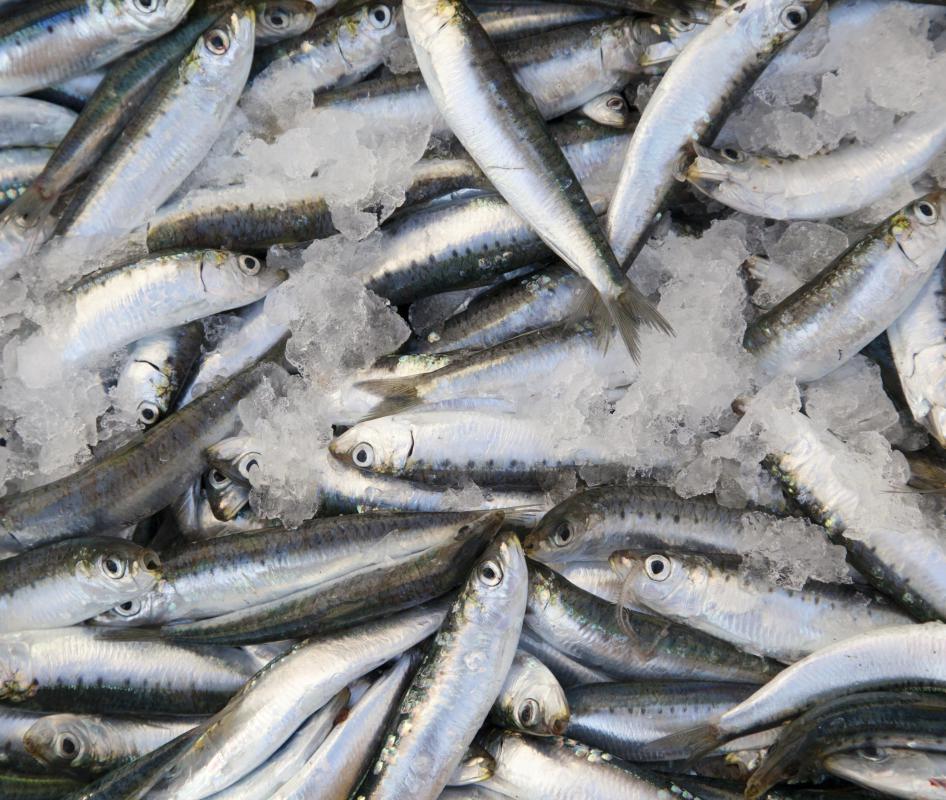At AllThingsNature, we're committed to delivering accurate, trustworthy information. Our expert-authored content is rigorously fact-checked and sourced from credible authorities. Discover how we uphold the highest standards in providing you with reliable knowledge.
What is a Giant Sea Bass?
A giant sea bass, or Stereolepis gigas is a very large marine fish that is a member of the wreckfish family. Its habitat is limited to the eastern Pacific Ocean, and it is the largest type of bony fish to be found along the coasts of California, its offshore islands and Mexico. As the name suggests, the most distinguishing physical characteristic of this fish is its size. At maturity, the average giant sea bass will weigh about 60 pounds (27.2 kg). These fish might continue to grow after that, however, and very large specimens measuring more than 7 feet (2.13 m) long and weighing more than 560 pounds (254 kg) have been recorded.
The color of the giant sea bass as an adult differs a lot from its juvenile stage, so much so that juveniles are frequently mistaken for other fish. Juveniles have big, black spots and are a bright orange in color. As the juveniles age, the spots fade, and the fish becomes darker along with getting larger. By the time the giant sea bass reaches maturity, it is gray to solid black in color, and its underside is white. Interestingly, the adults have the ability to change color quickly, which scientist think is either a response to stress or a type of communication from one individual to another.

Giant sea bass are found only in a very limited area. Their range stretches from the very end of Baja California in Mexico to Humboldt Bay in northern California. This species also inhabits the northern section of the Gulf of California. For habitat, mature giant sea bass like to be around rocky areas or reefs with drop-offs and ledges that are close to kelp beds and are at depths of about 35-130 feet (about 10-40 m). Young giant sea bass are more often found along sandy bottoms or in kelp beds that are at depths of about 20-70 feet (about 6-21 m).

The giant sea bass is carnivorous. Although this species can swim very fast over a short distance, it can’t sustain a high speed and, because of that, it catches most of its prey on the sea bed. By rapidly opening its very large mouth, it is able to suck in organisms buried below the surface of the sea bed or crawling across the bottom. This fish preys on a variety of fish, such as sardines, mackerel and other bass. Its diet also includes stingrays, squid, octopuses and crustaceans.
Frequently Asked Questions
What is a Giant Sea Bass?

A Giant Sea Bass, scientifically known as Stereolepis gigas, is a large marine fish native to the Pacific coast of North America. It's a slow-growing species that can reach up to 7.5 feet in length and weigh over 500 pounds. These fish are characterized by their bulky bodies, large mouths, and distinctive spotted patterns.
Where can you find Giant Sea Bass?
Giant Sea Bass are typically found in the eastern Pacific Ocean, ranging from Humboldt Bay in California to the southern tip of Baja California in Mexico. They inhabit rocky reefs, kelp beds, and shallow coastal waters, often at depths of 20 to 200 feet, where they can blend in with their surroundings.
What do Giant Sea Bass eat?
Giant Sea Bass are opportunistic predators with a varied diet. They consume a range of prey including smaller fish, crustaceans, squid, and octopuses. Their large mouths allow them to suck in and swallow prey whole, utilizing a method known as suction feeding.
Are Giant Sea Bass endangered?
Yes, the Giant Sea Bass is considered critically endangered. Overfishing, particularly in the 20th century, severely depleted their populations. Conservation efforts, including fishing restrictions and marine protected areas, have been implemented to aid in their recovery. According to the IUCN Red List, their status requires ongoing monitoring.
How long do Giant Sea Bass live?
Giant Sea Bass are known for their longevity, with lifespans that can exceed 75 years. This long life, combined with their late maturity—often not reproducing until they are 11 to 13 years old—makes population recovery a slow process, emphasizing the need for continued conservation efforts.
Can you fish for Giant Sea Bass?
Fishing for Giant Sea Bass is highly regulated due to their endangered status. In California, for instance, it has been illegal to intentionally catch and keep Giant Sea Bass since 1982. Recreational and commercial fishers must release any Giant Sea Bass caught, using techniques that minimize harm to the fish.
AS FEATURED ON:
AS FEATURED ON:













Discuss this Article
Post your comments